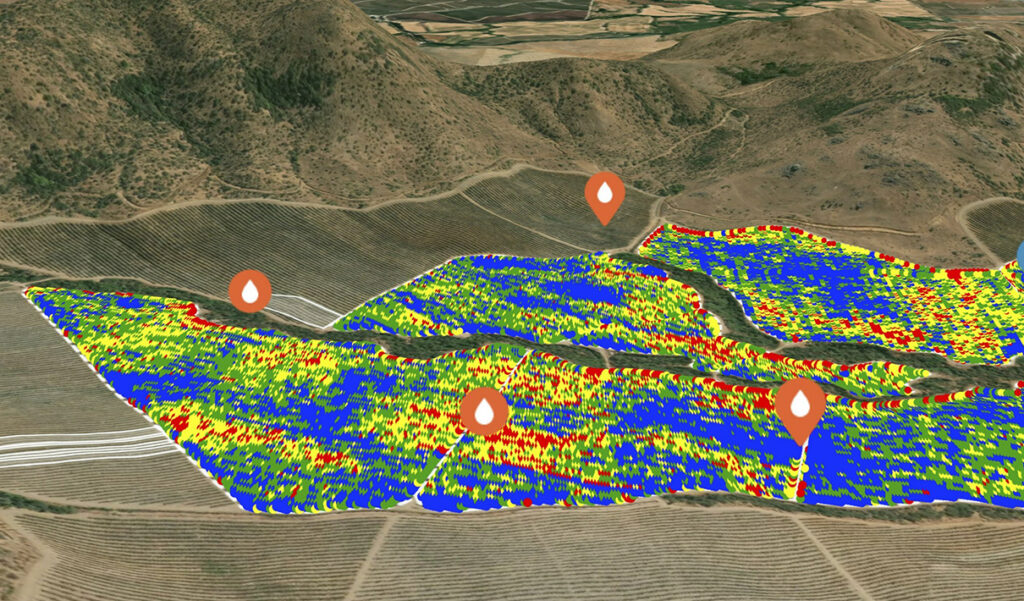Agricultural data analytics firm, Ceres Imaging, helps many of the world’s largest agriculture land holders detect water, nutrient, disease and pest issues in the field, weeks before they are visually apparent. With an existing presence in the Americas and Australia, the company has just announced its expansion into Europe via the Spanish and Portuguese markets.
As part of its European launch, Ceres has built a local customer support team and has established a network of pilots for its high resolution imagery that are flying throughout the major growing areas.
“We are encouraged by our reception so far in the region. We are looking forward to leveraging our expertise, based on our experiences in North America, Australia, and Latin America, to help farming enterprises protect their yields and manage their scarce natural resources,” said Ramsey Masri, CEO of Ceres Imaging.
Ceres Imaging
Started over a decade ago, Ceres founder Ashwin Madgavkar was inspired by emerging spectral imagery technology and how it could be applied to farming and sustainability. Today Ceres’ holistic view combines high-resolution imagery, integrations with IoT field sensors, and satellite-based analytics to forecast yield risk and help users take action.
Per plant insights
Ceres is unique among data analytics companies in offering high resolution thermal imagery and plant-level insights with a delivery turnaround time of 48 hours or less.
While other data companies show pixels of a whole field, often mixing soil and ground cover with crop information, Ceres uses convolutional neural networks to measure just the crop and provide quantifiable insights on a per plant basis. With quantified feedback on what’s working, it’s easier to prioritise resources and respond quickly to changing conditions in the field.
Ceres is used by global farming enterprises to protect yield and improve sustainability outcomes, including water efficiency and nutrient use efficiency. With Ceres managers can:
- Identify issues impacting yield and calculate the ROI of capital improvements in ways that other companies can’t.
- Report on key farm metrics at a plant, farm, or portfolio level – or create custom reporting zones to match the way you work.
- Be notified of crop health issues 2-3 weeks before they are visible to the human eye – and before they impact yield.
- Benefit from the most accurate aerial imagery available for agriculture, including chlorophyll, colour infrared, absolute and relative NDVI, thermal, and water stress data.
- Use sensor integrations to better understand the water applied to fields and spot issues, errors and discrepancies.
With more than 11 billion individual plant-level measurements captured across 22 million acres and more than 40 crop types – Ceres can model yield impacts and investment ROI in ways other companies can’t.
What is Spectral imagery?
Spectral imagery technology is a type of imaging technology that captures and analyses light waves in different spectral bands, including visible, ultraviolet, and infrared. This technology uses specialised sensors or cameras that can detect and measure the intensity of light at various wavelengths, allowing for the creation of images that reveal detailed information about the composition and properties of the objects being imaged.
Spectral imagery technology is commonly used in various fields, such as remote sensing, environmental monitoring, agriculture, and geology. It enables scientists and researchers to study and analyse the physical properties of objects and materials based on the unique way they reflect and absorb different wavelengths of light. By analysing the spectral signatures of different objects, researchers can identify and differentiate between various materials, such as vegetation, minerals, and water, and gain insights into their properties and conditions.



